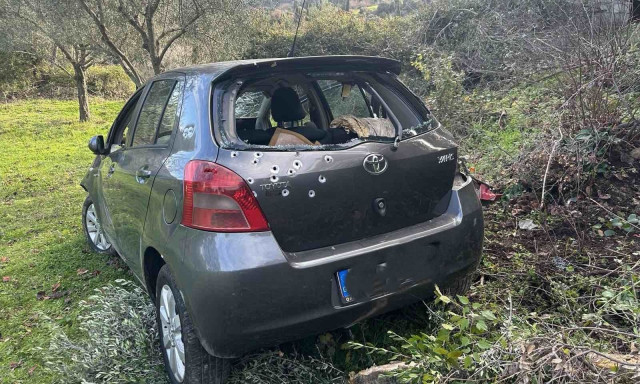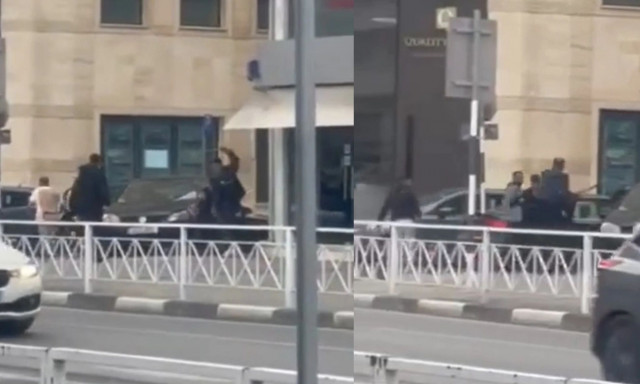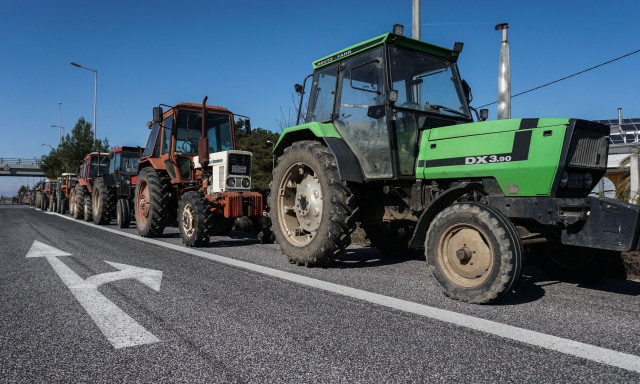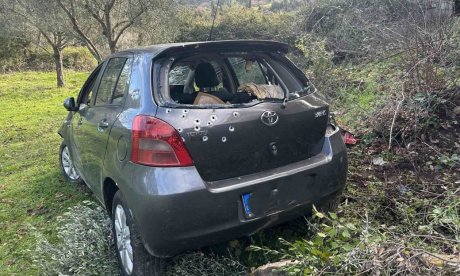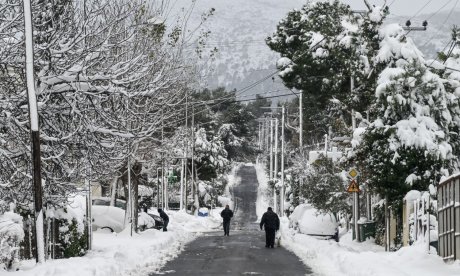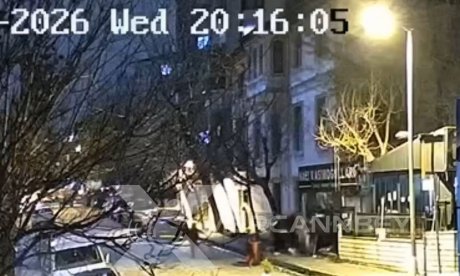Amphipolis: The answer to the mystery is in the fourth door!
New study of the Seismic Tomography of L. Polymenakos - Found new pieces of the double door
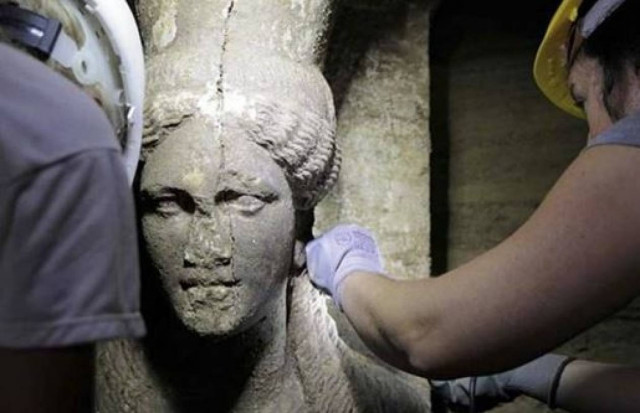
Newest from excavation Amphipolis do not enrich the debate, but statements of experts grow the mystery and enrich the most "advanced" scenarios.
Regarding the excavation the latest news is that found two more pieces of the marble doorway which barred the third gate, reaching a total of five.
Furthermore, the marble pieces were found in front of the third gate, raising questions about what kind of force "pushed" the door and broke it...
New, important data are coming from the statements of Secretary of General Ministry of Culture, Lina Mendoni, in the newspaper "Ethnos of Sunday" and from the geologist of the Seismic Tomography of '97 -'98, Lazarus Polymenakos, who is confirming his statements in newspapers, according to which the published pictures of Kasta hill shows a large basement structure. The conclusion is that in some point, the statements of Mr. Mendoni and L. Polymenakos are "meet".
As mentioned by the xronometro site of Kavala, Mrs. Mendoni said: "Now we enter to the main tomb. It takes time to learn the depth of the monument. The works continues on the 3rd and 4th chamber and I think in a month from now we will approach the end of this stage."

She recognizes (for the first time) that in a month this stage will end, so there will be other stages! She also states: "It takes time to learn the depth of the monument." Conclusion, this year the excavation will be stopped in the area after the small gate - width 0.96 m. - of the third chamber, where it will likely be the first burial chamber. Mr. Polymenakos confirms this theory with his statements about the study of the Seismic Tomography, about the existence of a burial complex in which was discovered a second entrance on the north western side of the enclosure.
Specifically, Mr.. Polymenakos notes that "In a most simplified form, is formed the estimated three-dimensional image of the interior of the hill, a product of laborious synthetic and critical thinking. The picture is very, very interesting. It reveals the formation of natural soil by the builders of the monument, to be able to accept the constructions which are designed to be build within, in order to "protect" them. They shape (not too deep) trenches which in some places will accommodate burial or other structures and then will be transformed into 'streets' for access to the tomb. One road is in south, the other is northwest. The reason for this orientation should be important both in terms of symbolism, and for functionality."
Lekakis: They are not Caryatids, they are Maenads
As the archaeological excavations penetrate the depths of the Kasta Tomb, come to the surface more and more, different scenarios for its secrets.
A new theory, that of author George Lekakis, upsets everything you have heard so far by archaeologists.
'When we talk about a tomb we mean for something similar to the common features of other graves we know. This, does not at all resembles a grave monument. This resembles an ancient Thracian temple, monument to Dionysus", says Mr. Lekakis to Star channel.
"The "tomb" is not a grave and "Caryatids" are not Caryatids, but Maenads of Dionysus" says the Greek writer, explaining that all are disclosed in the currencies of Pangee, which accurately reflect the characteristics of the priestesses of the God of Greek mythology.
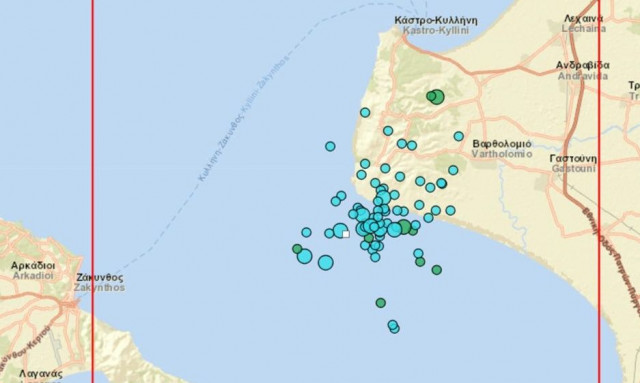
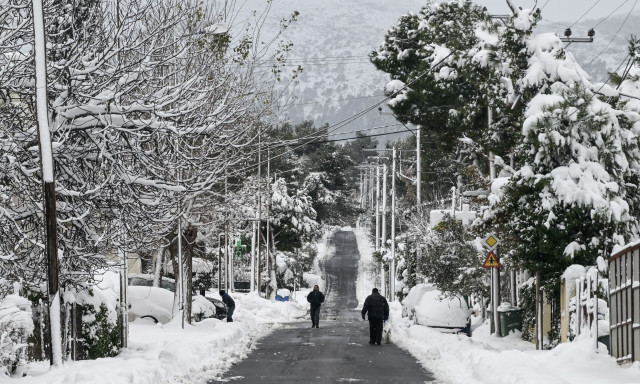
.jpg?t=5_MXds6B2jNeiT2ywuqdag)
